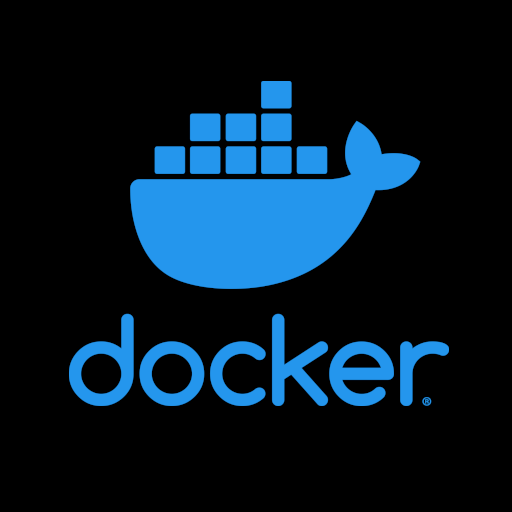

Two good points here OP. Type docker image ls to see all the images you currently have locally - you’ll possibly be surprised how many. All the ones tagged <none> are old versions.
If you’re already using github, it includes an package repository you could push retagged images to, or for more self-hosty, a local instance of Forgejo would be a good option.












+1 for the Seiko 5s. Love me a SNZG07J1